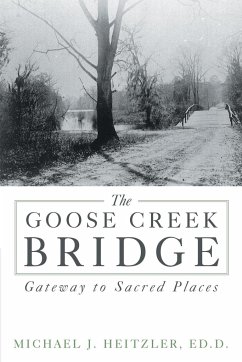When the first span of the Chesapeake Bay Bridge opened July 30, 1952, it was a watershed moment in Maryland's history. The construction of the bridge took political courage, creative engineering, people working together, and a determination to overcome pettiness. In this detailed history, journalism professor David W. Guth traces the bridge's history from its planning to its post-construction effects on the region. From his boyhood memories of the bridge to the details of its construction, the book also tells the story of the people of Maryland-often referred to as "a confederacy of two shores." The recurring themes during the debate over building the first, the second, and now possibly a third bridge highlight issues confronting all Americans, including social and political equality, the price of unrestrained growth, the role government should play in our lives, and the importance of enlightened and courageous leadership. While there were unintended consequences that went along with building a bridge to cross the Chesapeake, it began the process of removing social, political, racial, cultural, and economic barriers.








